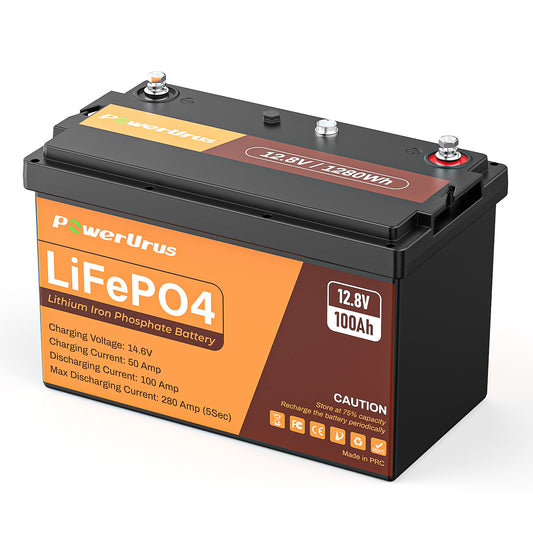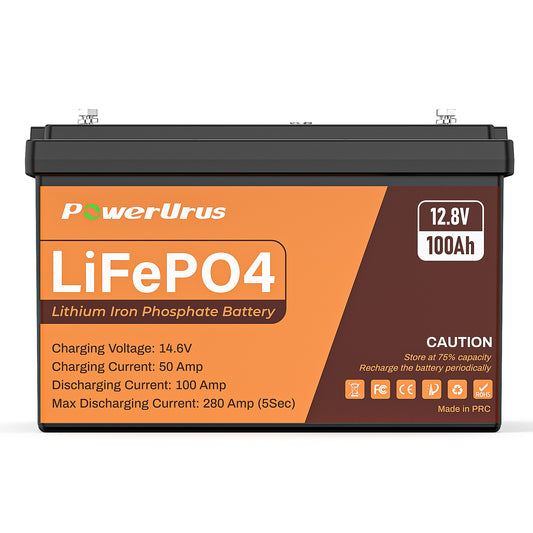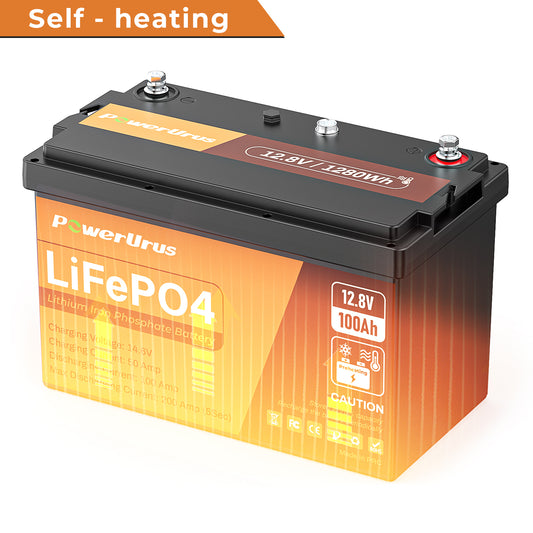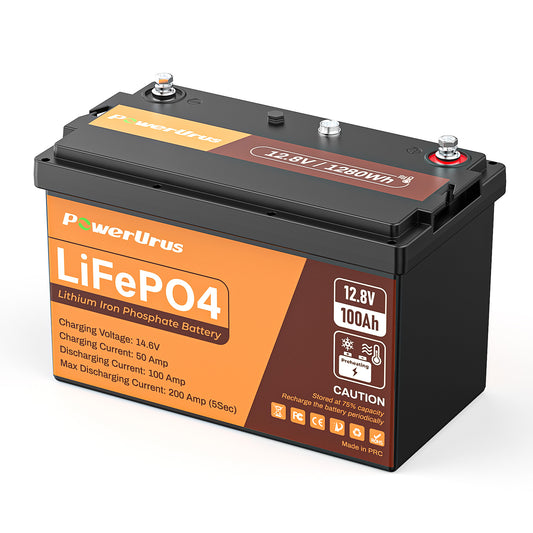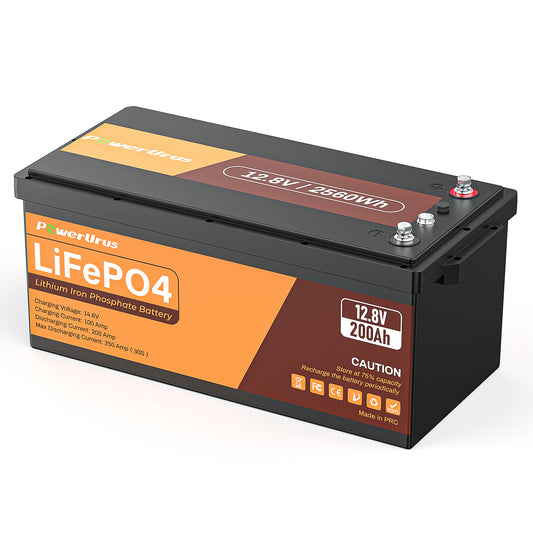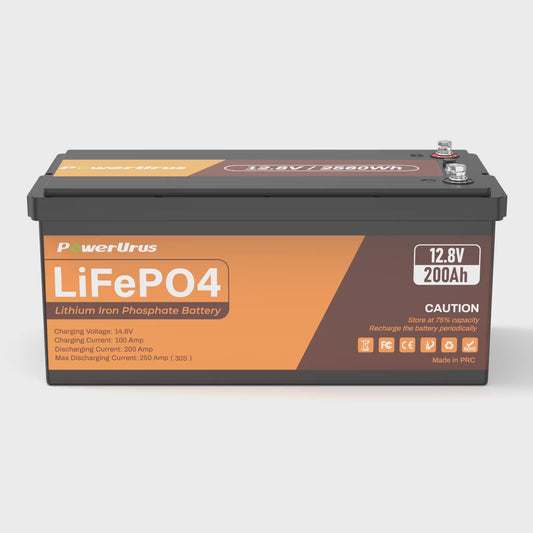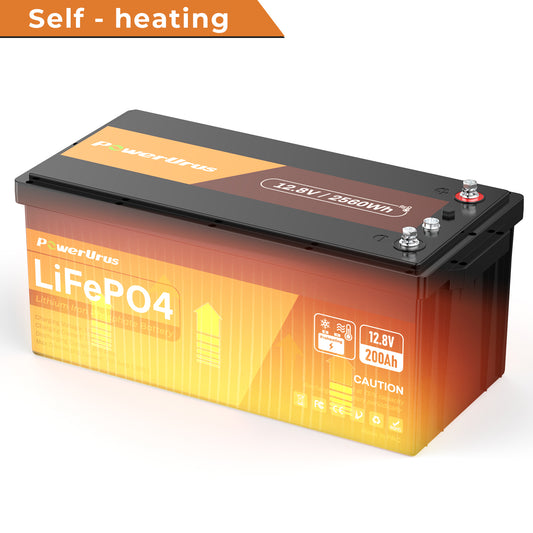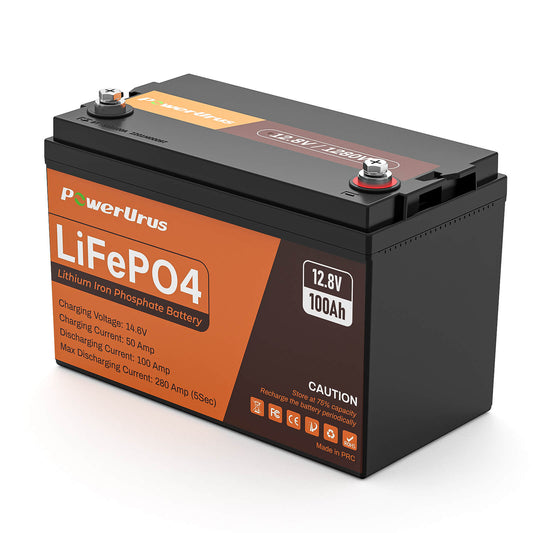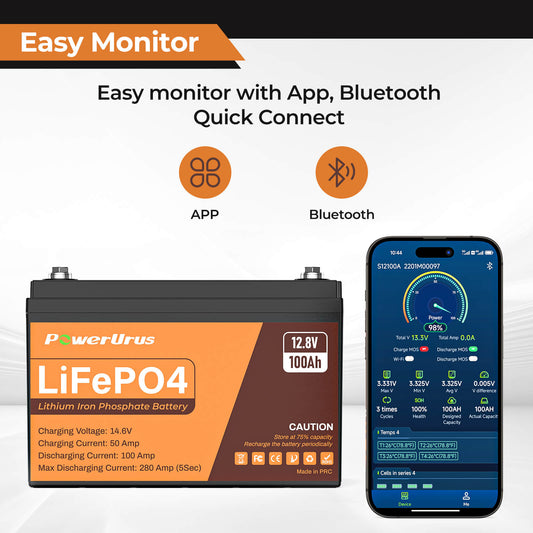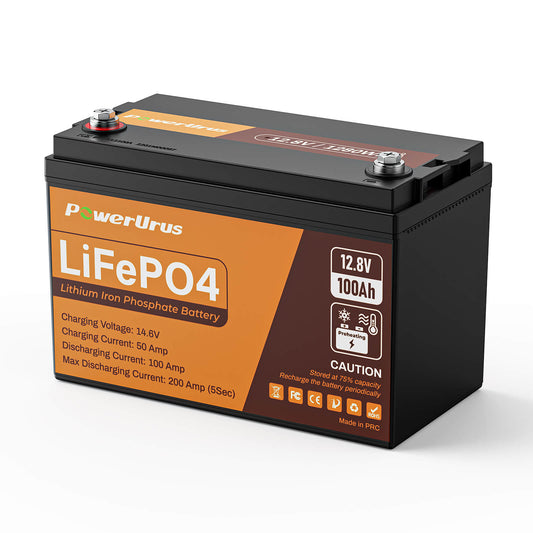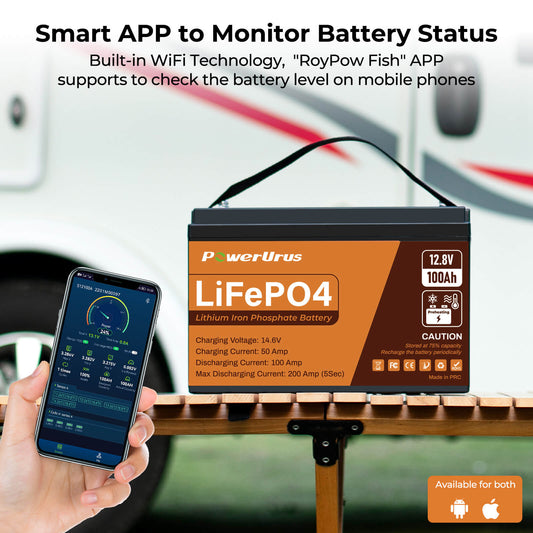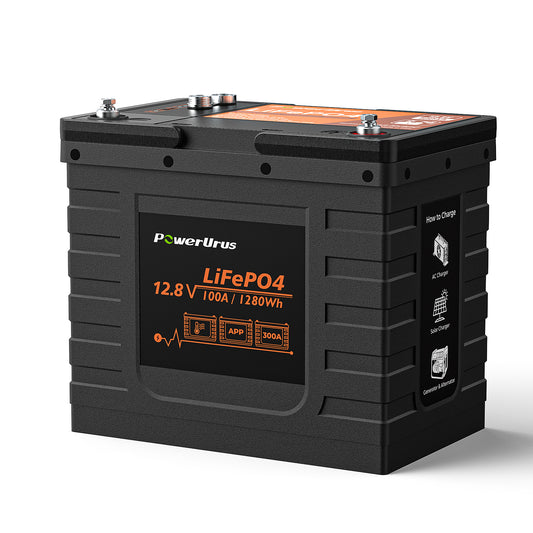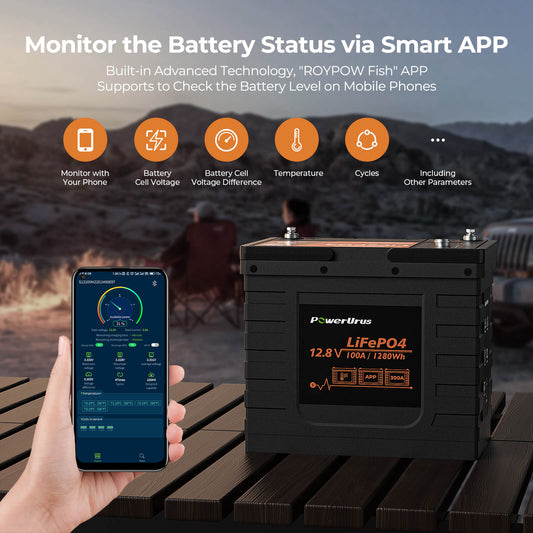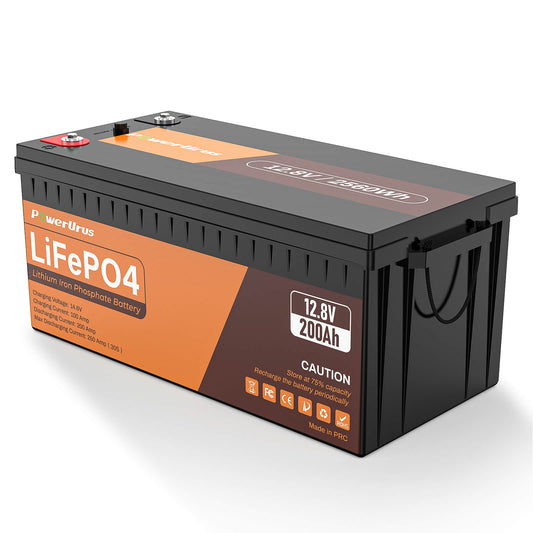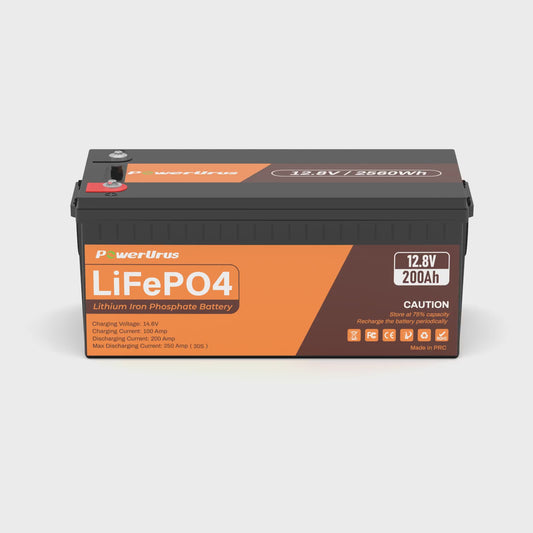Why 36V LiFePO4 Batteries Dominate Industrial Upgrades: 3X Power, 10X Lifespan
Introduction
As industries push for greener, more efficient energy solutions, 36V lithium iron phosphate (LiFePO4) batteries are rapidly replacing lead-acid counterparts in forklifts, automated guided vehicles (AGVs), and heavy-duty machinery. With 3X higher energy density, 10X longer cycle life, and 50% weight reduction, LiFePO4 technology is rewriting the rules of industrial power. Let’s explore why 36V LiFePO4 batteries are becoming the backbone of modern industrial upgrades.
Key Advantages of 36V LiFePO4 Batteries
Triple Energy Density in Compact Sizes
Lead-acid batteries struggle to deliver over 30-50 Wh/kg, while 36V LiFePO4 packs achieve 120-150 Wh/kg. This means smaller, lighter batteries can power equipment longer—critical for space-constrained warehouses or electric golf carts.
10,000+ Cycles vs. 500 Cycles
Lead-acid batteries degrade after 500-800 cycles, but LiFePO4 batteries endure 10,000+ cycles at 80% depth of discharge (DoD). For industries running 24/7 operations, this translates to 10+ years of service with minimal downtime.
Zero Maintenance, Lower TCO
Unlike lead-acid batteries requiring weekly watering and equalization, LiFePO4 batteries are maintenance-free. Combined with faster charging (1-2 hours vs. 8+ hours), businesses save 30-50% in operational costs over the battery’s lifespan.
Safety in Demanding Environments
LiFePO4 chemistry remains stable under high temperatures or overcharge risks, unlike flammable lead-acid systems. Built-in BMS (Battery Management System) further protects against short circuits and thermal runaway.
Conclusion
From warehouses to solar-powered off-grid systems, 36V LiFePO4 batteries offer unmatched efficiency, durability, and ROI. For businesses ready to phase out lead-acid, upgrading to LiFePO4 isn’t just smart—it’s inevitable.

